13 best places to list a rental property in 2025
Introduction
Landlords, property owners, and managers in the rental market of 2025 have to work hard to stand out in a digital world that is constantly changing and moving quickly. Your rental homes will be easier to rent, have fewer empty units, and give you the best return on your investment (ROI) if you list them with the right tools. Being smart online is no longer a nice-to-have; it’s a must. More and more renters are using the internet to find their next house.
In the past few years, the rental business has changed a lot. This is because renters’ tastes have changed, technology has improved, and internet marketing is becoming more significant. In 2025, platforms that have a lot of users, strong tools, and an easy-to-use interface rule the market. You can run your rental business more quickly and make more money if you pick the right platforms. This is true whether you’re in charge of a single-family home, an apartment building with multiple units, or a portfolio of properties.
The 13 best places to list a rental property in 2025 are looked at in detail in this guide. We’ll list the features, pros, cons, and best uses for each platform so you can make wise choices that will help your rental plan work better. We’ll also give you tips you can use to improve your listings and get the right renters.
Table of Contents
What Makes a Great Rental Listing Platform?
Before looking at the list, it’s essential to know what makes a rental listing a helpful site in the year 2025. These factors will help you figure out which platforms will help you reach your goals as an owner or property manager:
- Audience Reach
The success of a rental listing platform rests on how well it can get a lot of active users. Platforms with a lot of visitors and active renters make it more likely that possible tenants will see your property, which speeds up the rental process. - User-Friendliness
For both landlords and renters, a good tool should be simple and easy to understand. Mobile access, listing creation wizards that walk you through each step, and streamlined contact tools all make the experience better for users and save them time. - Costs and Prices
Cost is significant, especially for landlords who are in charge of several homes. Some platforms let you list things for free, while others charge per post or require a subscription. When it comes to value for money, the best platforms find a balance between cost, reach, and efficiency. - Quality of Lead
Not every inquiry leads to serious renters. Platforms that bring in qualified renters—those who are ready to sign a lease and meet your requirements—are more valuable than those that bring in a lot of low-quality leads. - Connecting to Tools or MLS
Your work can be easier if you connect it to distribution tools, property management software, or Multiple Listing Services (MLS). MLS systems, AppFolio, and other platforms that work together can help you keep track of listings, leases, and contacts with tenants more easily. - Capabilities for SEO
For organic exposure, search engine optimization (SEO) is a must. Platforms that make your listings search engine friendly, like Google, make sure that renters can find your homes even when they’re not on that platform. - Customer Support and Resources
Trustworthy customer service and learning tools like blogs, Frequently Asked Questions (FAQs), and webinars are invaluable, especially for people who are new renters. Platforms with strong support systems can help you fix problems and make your listing methods better.
13 Best Places to list a Rental Property
Here is an in-depth look at the top 13 sites for renting out homes in 2025. It is decided which platform is best by looking at its features, pros and cons, and suggested uses.
1. Zillow Rental Manager
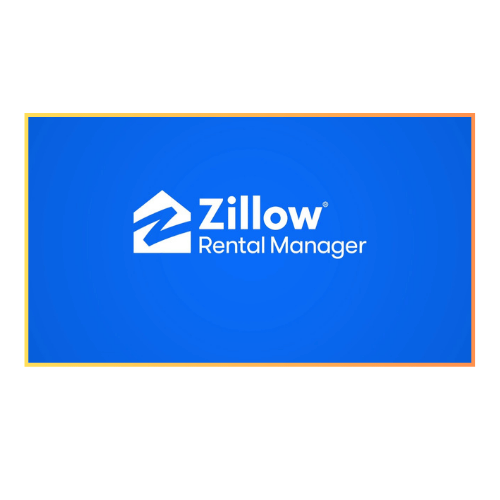
Overview: Zillow Rental Manager is still one of the best rental listing services. It has a nationwide reach and strong syndication tools that make your property more visible.
Pros:
- A lot of users and millions of visits every month.
- Sends posts automatically to Trulia and HotPads.
- Strong tracking tools to keep an eye on how listings are doing.
- It’s easy to handle on the go with a mobile app.
Cons:
- In many places, it costs money.
- With a lot of other listings, yours might get lost.
- Premium ads can’t be changed much.
Best for: Landlords who have more than one property and who use data-driven marketing tactics.
Cost: In most places, the first listing is free, and each extra listing costs about $9.99 per week.
Link: Zillow Rental Manager
Why It Stands Out: Zillow’s broad reach and ability to syndicate listings make it the best choice for renters who want their properties to get the most attention. Its analytics dashboard tells you how many views, inquiries, and applications you get so you can make your ads more effective.
2. Apartments.com
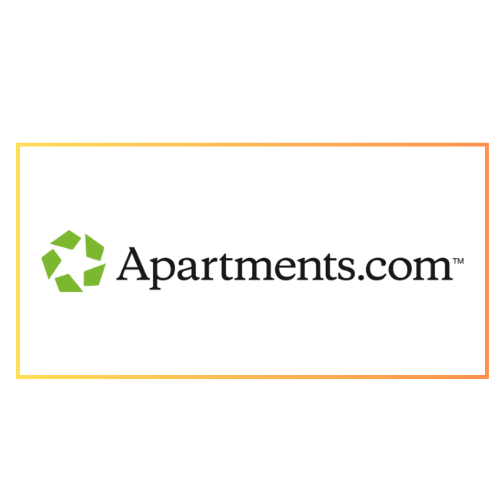
Overview: Millions of people use Apartments.com every month because they trust it and like its detailed listings and tools that help renters.
Pros:
- Sends ads to a number of partner sites, such as Apartment Finder and Apartment Guide
- Verified listings raise trust and trustworthiness.
- Renters and owners can use a mobile-friendly interface
- Extra filtering choices for renters
Cons:
- The approval process may take longer than those of rivals.
- There is an extra charge for premium services.
Best for: Managers of apartment complexes and big property management firms.
Cost: Basic listings are free, and you can upgrade to a premium listing for better exposure.
Link: Apartments.com
Why It Stands Out: Apartments.com is great at reaching renters who are looking for homes with more than one unit. Its syndication network makes sure that your post gets seen by a lot of people, and the verified listing feature makes potential tenants more likely to rent from you.
3. Facebook Marketplace

Overview: Facebook Marketplace has become the best place to find local rental listings. It uses the power of social media to meet renters and landlords.
Pros:
- No cost at all to use
- Direct contact with local groups
- Built-in messaging for quick and easy conversation
- Sharing on social media increases reach
Cons:
- A lot of questions, many of which may not be important
- No built-in tools for checking tenants
- Not enough analytics to keep track of success
Best for: Private owners and small property managers looking for renters in their area.
Cost: Free of charge
Link: Facebook Marketplace
Why It Stands Out: It stands out because it is easy to use and focuses on local listings. This makes it perfect for owners who want to find renters in their area. Its social sharing tools make it easy for posts to get around quickly in networks and community groups.
4. Craigslist
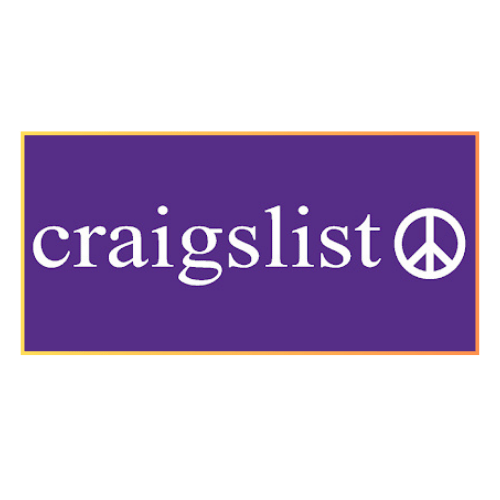
Overview: People still put their rentals on Craigslist because it’s simple to use and only shows ads in your area.
Pros:
- Visibility is very limited in certain city areas
- Listings at low prices
- Making a list is quick and easy.
Cons:
- The interface is old and doesn’t have any new features
- Chance of scam questions
- There are not many tools for renter screening or analysis
Best for: Homeowners on a budget who want to rent out apartments in certain city areas.
Cost: In most cities, it costs about $5 per ad.
Link: Craigslist
Why It Stands Out: Craigslist is still a good choice for landlords who want to keep costs low and reach people in specific areas, even though its design is a bit old-fashioned.
5. Zumper
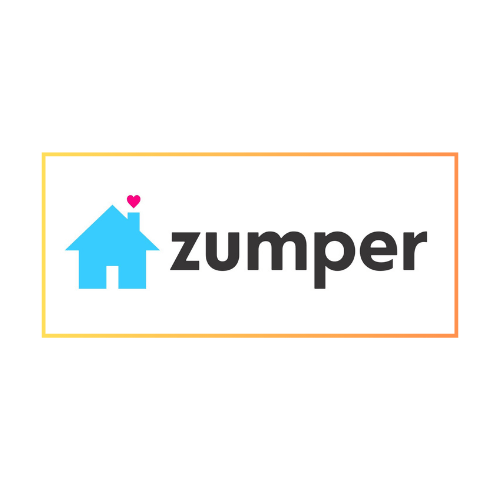
Overview: The Zumper platform is mobile-first and made for modern renters. It has tools like instant applications and rental screening.
Pros:
- The Instant Apply tool speeds up the application process.
- Tools built in to screen renters
- Easy to use on mobile devices
- It sends content to partner sites like PadMapper
Cons:
- Not as many people use it as Zillow or Apartments.com
- For premium services, you have to pay for a subscription.
Best for: Landlords who are good with technology and want qualified leads and efficient processes.
Cost: There are both free and paid options.
Link: Zumper
Why It Stands Out: Zumper focuses on mobile usability and renter-friendly features like instant applications. This makes it a favourite among younger renters, especially in cities.
6. Avail

Overview: In short, Avail gives landlords an all-in-one answer by combining listing tools with online payments, tenant screening, and managing leases.
Pros:
- Complete set of tools for landlords
- Free credit and background checks for renters
- Real estate.com and other partner sites get it.
- Lease deals that can be changed
Cons:
- Not as many views as on bigger sites
- To use premium services, you need to subscribe.
Best for: Landlords who want a listing and property maintenance service in one.
Cost: Premium plans cost $5 per unit per month. The base plan is free.
Link: Avail
Why It Stands Out: Because Avail combines listing and management tools into one website, landlords who want to do everything at once can save time.
7. Rent.com
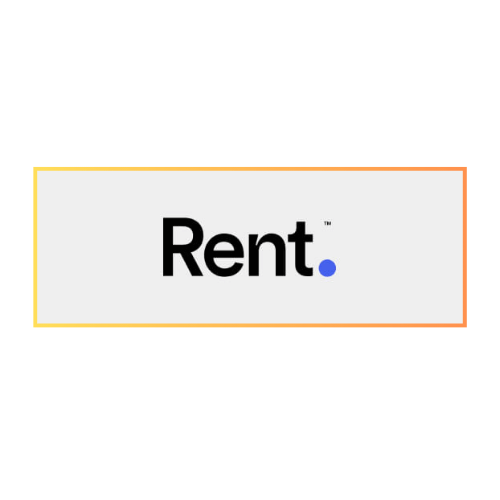
Overview: Rent.com is a trusted site that has substantial syndication and is popular with students and people looking for apartments.
Pros:
- Very reliable brand
- Sends content to Apartment Guide and other partner sites
- Renters can easily use the interface
- A lot of attention is paid to apartment ads
Cons:
- Not as good for single-family houses
- Custom prices aren’t always clear.
Best for: Buildings with more than one unit and student living.
Cost: Prices are different for each property type and area.
Link: Rent.com
Why It Stands Out: Many people use Rent.com to find flats and places for students to live, so landlords who want to reach these groups should use it. A lot of people see the page more often because of syndication.
8. Realtor.com

Overview: This platform is excellent for finding serious renters and working with licensed agents because the well-known Realtor.com name backs it.
Pros:
- Excellent trustworthiness and brand recognition
- This is great for real estate managers and brokers.
- News is sent to Doorsteps and other partner sites
- Detailed profiles of renters
Cons:
- The listing process might need an agent.
- Not as much on do-it-yourself renters
Best for: Real estate agents with licenses who manage rental homes.
Cost: It’s free if you syndicate it.
Link: Realtor.com
Why It Stands Out: Realtor.com is an excellent choice for professionals who are in charge of rental portfolios because of its good name and tools that are designed to help agents.
9. HotPads

Overview: HotPads, which is part of the Zillow Group, is a map-based rental site that works best in cities.
Pros:
- Renters like map-based search.
- Great for listing in cities
- Built into Zillow’s environment
- Easy to use on mobile devices
Cons:
- Not very present in country markets
- Uses Zillow to set prices and share listings
Best for: Properties in cities.
Cost: It’s part of the price of Zillow Rental Manager.
Link: HotPads
Why It Stands Out: HotPads’ map-based interface makes it easy for renters to find homes in certain areas, which makes it an excellent choice for owners in cities.
10. Apartment List
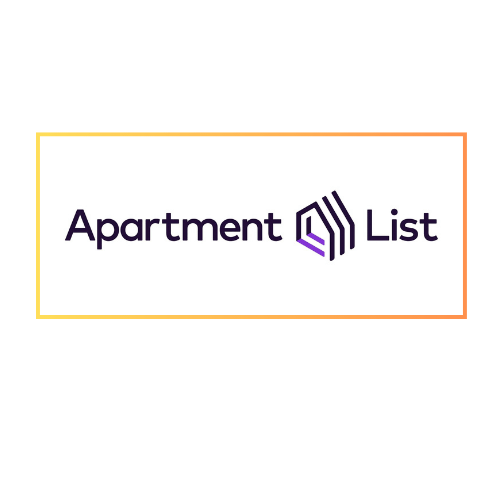
Overview: For more information, see Apartment List. It uses AI to match renters with properties that match their tastes.
Pros:
- Pricing based on performance (pay-per-lease)
- Customized experience for renters
- Sends links to partner sites
- More advanced filters for renters
Cons:
- People who want to rent must sign up to get suggestions.
- Not as good for smaller homes
Best for: Large property owners and apartment buildings with multiple units.
Cost: Model of pay-per-lease.
Link: Apartment List
Why It Stands Out: Apartment List uses AI to make sure that your home is shown to renters who are most likely to be interested, which improves the quality of leads.
11. Oodle Marketplace
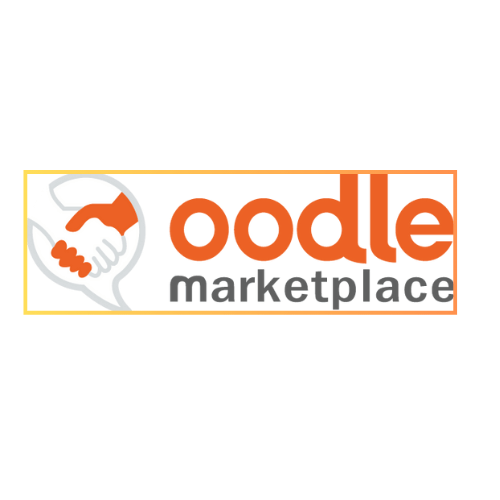
Overview: Oodle Marketplace is a less well-known sales website that lets people post rental ads that are shared widely.
Pros:
- Lists for free
- Spreads to partner sites to reach more people
- Easy process for listing
- Visibility in your area and across the country
Cons:
- Not as much traffic as popular sites
- Not many extra features
Best for: Landlords who want more exposure than regular ads.
Cost: Free of NCT
Link: Oodle
Why It Stands Out: Oodle’s free listings and syndication make it a good choice for renters who want to list more than one thing.
12. Rentme
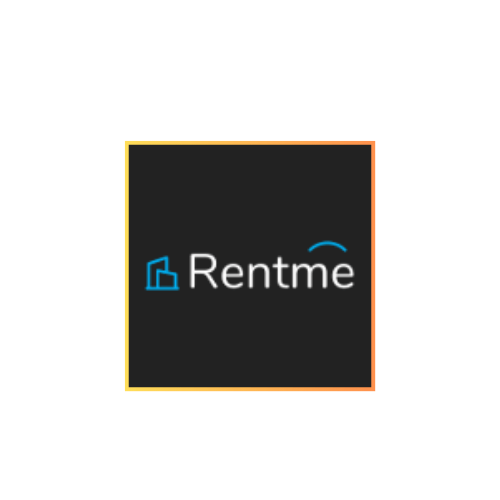
Overview: RentLinx is an expert at sending ads to multiple rental websites with just one upload.
Pros:
- Syndication to various platforms saves time
- An extensive network for distribution
- Listing choices that can be changed
- Analytics for keeping track of success
Cons:
- Primarily concerned with group homes
- Setting your prices can be hard.
Best for: Apartment managers who want to list their units on various networks.
Cost: The price is based on the size and needs of the land.
Link: Rentme
Why It Stands Out: Rentme syndication features save owners time by letting them post to multiple platforms with just one upload.
13. Trulia Rentals
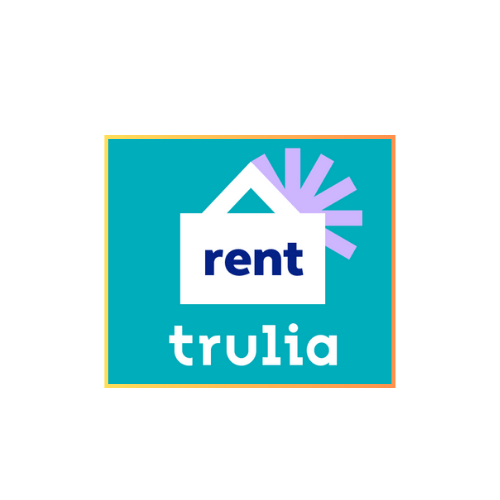
Overview: Trulia Rentals, which is part of the Zillow Group, has a platform that works well on mobile devices and is geared toward people who want to rent in cities.
Pros:
- Design for mobile first
- Built into Zillow’s environment
- A strong influence in the urban market
- Interface that’s easy to use
Cons:
- The same publicity for listings as Zillow
- Few stand-alone features
Best for: Landlords who sell their properties through Zillow Rental Manager.
Cost: It’s part of Zillow Rental Manager.
Link: Trulia
Why It Stands Out: Trulia is a good choice for landlords in cities who want to rent to tech-savvy people because it is mobile-first and works with Zillow.
How to Make Your Listing More Visible
To get the most out of these platforms, improve your listings and get good renters by following these steps:
- Make a Catchy Title
Add necessary information like where it is, how much it costs to rent, and any special features in an interesting line. Then, “Spacious 2-Bedroom in Downtown Seattle for $2,000 – Pet-Friendly!” If the sentence is clear and complete with helpful information, people are more likely to click through. - Use photos of good quality
To show off your home, spend money on professional, high-resolution images. With HDR editing or virtual staging, you can make your photos bright and well-lit so that your offering stands out. Include pictures of important places like the kitchen, living room, bedrooms, and outside areas. - Innovative Ways to Set Prices
Use tools like Zillow’s Rental Market Trends or Rent.com’s pricing info to look into local market rates. Set a price that is competitive to get people interested, and think about using changeable pricing so that prices change based on demand. - Post and change listings
Every two weeks, change the descriptions, add new photos, or repost your ads to keep them fresh. Many platforms give more weight to newer listings, so making regular updates can help your ads get seen. - Use the best SEO practices
Use relevant terms to your advertisement, such as “2 bedroom apartment for rent in [City]” or “pet friendly rentals in [Neighborhood].” These should be in the title, description, and tags of your listing to ensure they appear higher in organic search results. - Share on Facebook or Twitter
Share your listings on Facebook, LinkedIn, Instagram, and local neighbourhood groups to get more people to see them. Add a link to your ad and a call to action to get people to contact you. - Make use of video tours
Video walkthroughs are becoming more and more popular because they let renters see what the property looks like from afar. Make a good video tour of your home that shows off its best features and post it on your property or social media. - Gather reviews and show them off
Testimonials from happy tenants can help people trust your home and make it stand out. You can ask past renters for reviews and then post them on sites that allow it, like Zillow or Avail. - Respond quickly to questions
Responding swiftly to renters’ questions shows that you are skilled and increases the chances of getting a tenant. To handle a lot of questions, use chatbots or automated answers on platforms like Zumper. - Draw attention to unique features
Emphasize the factors that make your property unique. Accessibility to public transportation, high-quality tools, utilities included, etc. Renters who have specific requirements may be more inclined to rent properties with unique selling features.
In conclusion
The best places to list rental properties in 2025 combine wide reach, user-friendly tools, affordability, and high-quality leads. The most popular platforms are Zillow Rental Manager, Apartments.com, and Facebook Marketplace, which all have massive user bases and many features. Niche platforms like Zumper and Avail all meet specific needs such as mobile access or all-in-one management.
Move it beyond listing your property only on one site. Listing your property on more than one site can assist you in reaching a larger audience and increase your chance of success. Evaluate each site’s performance with respect to your listing, look over the reporting, and revise your strategy for the sites that help you succeed the most. When you utilize great listing and marketing strategies, you can reduce your vacancy, find quality renters, and improve your ROI.
Are you ready to rent out your homes? Start Listing on these top sites right away, and use their tools to make your work easier.
Read more Blog like this
